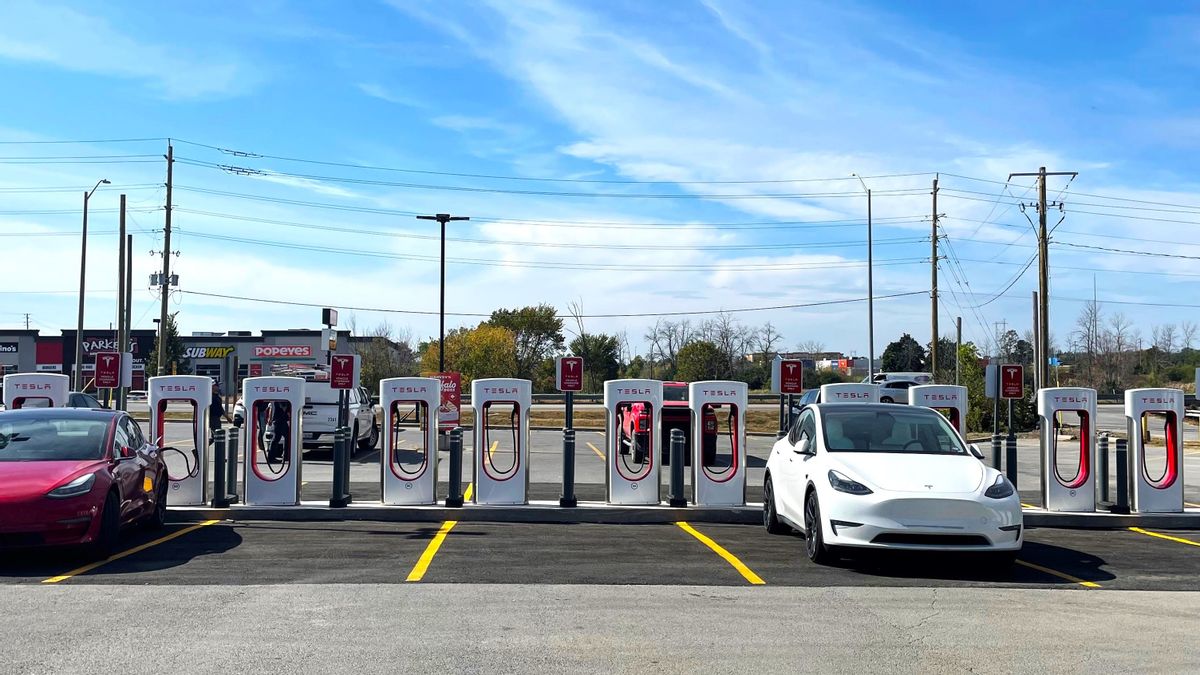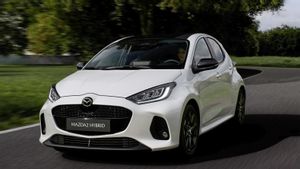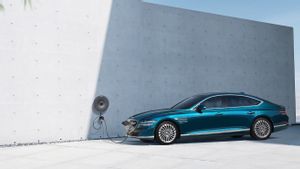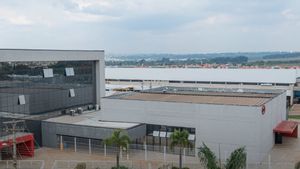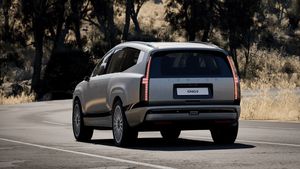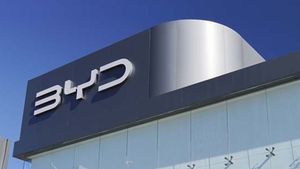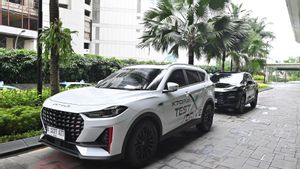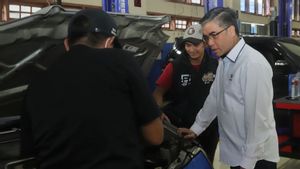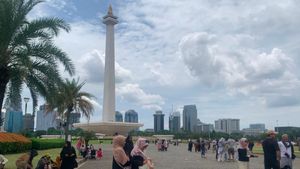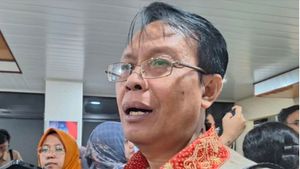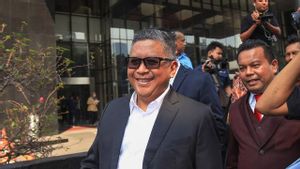JAKARTA - If there is an area that makes other regions in the world jealous of the advancement of the electrification world then it is California, the western state of the United States.
California has been a pioneer in the development of electric vehicle and hydrogen infrastructure. The state aims to be 100% emission-free by 2045, and electric vehicle and hydrogen infrastructure is an important part of this strategy.
Currently, there are more than 1.6 million registered battery-powered vehicles in California and 25 percent of all new cars registered in the first quarter are electric vehicles.
To support growing demand for electric vehicles, the state approved an investment plan of US$2.9 billion last year, most of which will be used to increase charging infrastructure.
"We see car manufacturers really increasing vehicle supply, and now all we need to do is make sure there is a charging infrastructure available to meet these needs," said Patty Monahan of California Energy Commission, as quoted by NBC Bay Area, September 25.
From data from the US Department of Energy (DOE) Alternative Fuels Data Center, California has a wide network of electric vehicle charging stations (EVSE). In 2023, the state has more than 100,000 EVSE, including fast charging stations and public charging stations.
California also has a rapidly growing hydrogen charging station network. By 2023, the state will have more than 50 hydrogen charging stations, and this number is expected to increase significantly in the coming years.
Most recently, California has reportedly achieved its goal of installing 10,000 electric vehicle (EV) fast chargers nearly two years ahead of the set schedule, and celebrating the achievement at Union City's newest EVgo location.
Most of the fast chargers have been installed by Tesla, with 6,029 ports of a total of 10,122 ports being Superchargers, according to the US Department of Energy (DOE) Alternative Fuels Data Center, quoted from InsideEvs, September 28.
اقرأ أيضا:
It is known, in 2018 former Governor Jerry Brown laid out plans to install 250,000 EV chargers across California, including 10,000 fast chargers by 2025.
Since then, the number of public and private fast chargers installed in business or apartment buildings has almost quadrupled, from around 2,600 to slightly more than 10,000, assisted by state funding.
Nonetheless, California still needs to pursue to achieve its total goal of 250.000 chargers (including AC chargers), considering that currently it only has less than half of its proposed goals, and only about 4.000 of them are fully available to the public.
A report from the California Energy Commission shows that the state will need more than one million common and joint private chargers by 2030 to support a sharp increase in EV registration, which is expected to reach seven million vehicles by the end of the decade.
The English, Chinese, Japanese, Arabic, and French versions are automatically generated by the AI. So there may still be inaccuracies in translating, please always see Indonesian as our main language. (system supported by DigitalSiber.id)
